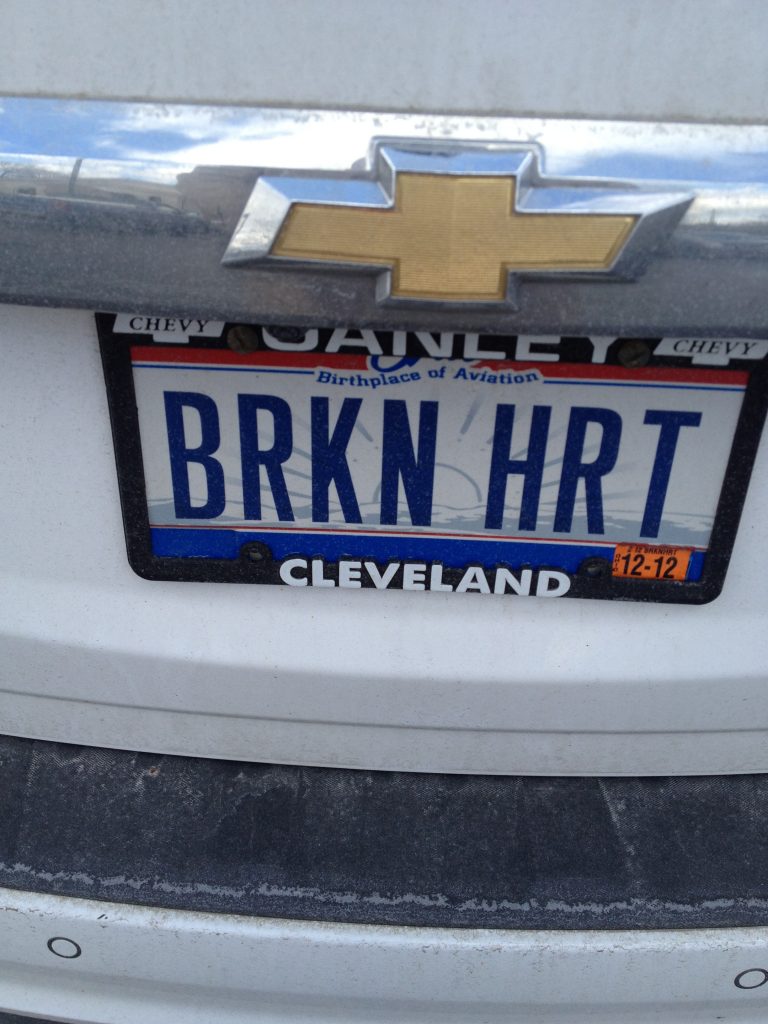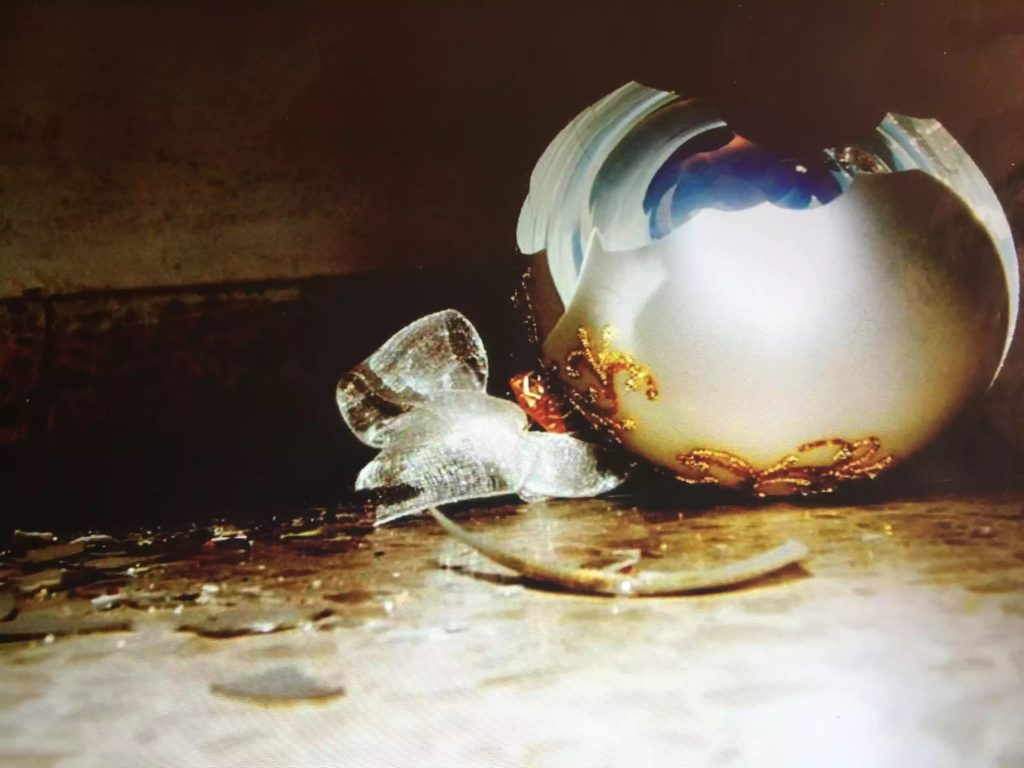Pssssssssssssssssssssssssssssssst
Before
B O A R D I N G
CHECK IN
Who Cares - What Matters

JAMIE DUCHARME reported in the TIME MAGAZINE JUNE 20, 2019 edition news that we might really be able to do something about that’s merely at the end of our our own hands and beats regularly, steadily in our own hearts. . .
U.S. suicide rates are at their highest since World War II, according to federal data—and the opioid crisis, widespread social media use and high rates of stress may be among the myriad contributing factors.
In 2017, 14 out of every 100,000 Americans died by suicide, according to a new analysis released by the Centers for Disease Control and Prevention’s National Center for Health Statistics. That’s a 33% increase since 1999, and the highest age-adjusted suicide rate recorded in the U.S. since 1942. (Rates were even higher during the Great Depression, hitting a century peak of 21.9 in 1932.)

“I don’t think there’s a one-size-fits all reason” since there’s almost never a single cause of suicide, says Jill Harkavy-Friedman, vice president of research at the American Foundation for Suicide Prevention, a nonprofit that supports suicide prevention research, education and policy. “I don’t think there’s something you can pinpoint, but I do think a period of increased stress and a lack of a sense of security may be contributing.”
It’s even more difficult to assign causes to the uptick, Harkavy-Friedman says, because it’s happening across diverse demographic groups. Men have historically died by suicide more frequently than women, and that’s still true: As of 2017, the male suicide rate was more than three times higher than the female rate. But female suicide rates are rising more quickly—by 53% since 1999, compared to 26% for men—and the gap is narrowing. For both genders, suicide rates are highest among American Indians and Alaska natives, compared to other ethnicities, and when the data are broken down by age group, the most suicide deaths are reported among people ages 45 to 64—but nearly every ethnic and age group saw an increase of some size from 1999 to 2017.
Youth suicide is becoming an especially pressing problem, with rates rising more rapidly among boys and girls ages 10 to 14 than in any other age group. A separate research letter published June 18 in JAMA found that youth suicide rates are at their highest point since at least 2000.
The JAMA letter doesn’t identify causes of the youth uptick, but first author Oren Miron, a research associate in biomedical informatics at Harvard Medical School, has two theories.
Opioid use, he says, has been shown to drive suicidal behavior among drug users and their children and families, and so recenthigh rates of drug abuse and overdose may be tied to rising suicide rates. The opioid epidemic may harm entire communities’ mental health, Miron says. “The entire community is bleeding. Kids see less of a future, they see more of their friends dying,” Miron says. “This might give us just one more reason to crack down on” substance misuse.
His second theory is that social media may be contributing to rising suicide rates, particularly for young people. “We know that now it’s used in younger ages and more intensively, and we also see some new apps that allow more anonymity, which in turn allows more bullying and more kids talking about suicide without their parents knowing,” he says. Heavy social media use may also lead to fewer meaningful in-person interactions—which can protect against mental health issues and suicidal behavior—and encourage unhealthy comparison with others.
One other possibility, says Harkavy-Friedman, is that suicide may be better reported and identified today than in years past, as people pay closer attention to mental health issues.
Though suicide is always complicated at both the individual and national levels, help is available. Experts encourage those struggling with suicidal thoughts to confide in a trusted friend or family member, speak with a health care provider, or seek care at an emergency room in cases of immediate danger.

The very first step in saving a Pulse
IS
FEELING
ONE
Reach OUT
Let your hand be the one
that’s FOUND by ONE
Who’s reaching out blindly
to grasp a lifeline
Let them know
when they can’t feel
THERE’S A TOUCH
(Y O U R ‘ S)
If you or someone you know may be contemplating suicide, call the National Suicide Prevention Lifeline at 1-800-273-8255 or text HOME to 741741 to reach the Crisis Text Line. In emergencies, call 911, or seek care from a local hospital or mental health provider.
(CNN)With two high-profile deaths by suicide this week and a new government report released detailing a rise in suicide rates in the United States, a topic that’s often avoided, judged or only whispered about is now on the tips of people’s tongues.
What we say or don’t say, and how we say it, makes a difference, according to experts. Our words matter to those struggling with thoughts of ending their own lives and to those reeling from loss owing to suicide. And in a world where silence or insensitivity often makes matters worse, it’s time to talk about our language.
Top of mind to many who care about this topic is getting rid of the phrase “committed suicide,” says Dese’Rae Stage, a suicide awareness activist who holds a bachelor’s degree in psychology and is trained in crisis intervention.
“It implies sin or crime” — we “commit” sins and crimes — “and pathologizes those affected. We suggest more objective phrasing, like ‘died by/from suicide,’ ‘ended their life’ or ‘took their life,'” she said. “If we’re using the right language, if we’re pulling negative connotations from the language, talking about suicide may be easier.”
A similar guideline actually has become the rule of thumb for major news organizations, including CNN, which often set the tone of public conversation around suicide.
Stage, who is also a photographer based in Philadelphia, is on a mission to humanize the topic and normalize discussions about suicide so we, collectively, can grapple with what the US Centers for Disease Control and Prevention ranks as the United States’ 10th leading cause of death. She’s the force behind a project called “Live Through This,” which collects the stories and portraits of suicide attempt survivors — of which she is one.
She thinks of how cancer was for so long referred to as “the C word,” how people were terrified to even mention it. Now that people speak openly about cancer, funding, research and avenues of support have grown exponentially.
She imagines a world where suicide isn’t an off-limits or taboo subject, where we can learn to be there for each other.
Because suicide is a topic Stage is intimately aware of, she offers advice to those who are concerned about someone they love and are struggling with what to say.
Be direct and ask, “Are you thinking about suicide?” she said. “When you’re able to say the ‘S word,’ you acknowledge it. It takes the power away. Then say, ‘What can I do?’ or ‘How can I help?’ They may not have an answer, but it’s worth asking.”
For someone in a suicide crisis, Stage says it’s OK to get even more specific with questions: “Do you have a plan? Do you have a method? Do you have a time frame?”
The goal, she explains, is to make a connection, engage in conversation, validate feelings and give the person a moment to breathe.
Dr. Jodi Gold, a psychiatrist and director of Gold Center for Mind Health and Wellness, echoed Stage’s advice when she said this on CNN’s New Day: “Talking about suicide does not cause people to kill themselves. Not talking about suicide might.”
If the person you’re worried about answers “yes” when asked if they’re thinking about hurting or killing themselves, Gold suggested that’s when you reach out to a therapist, a doctor, a family member — not necessarily an emergency room — because preventing isolation and fostering human connections are key.
Don’t rattle off the list of people for whom a person must live, Stage said.
“That often makes them feel worse if you’re doing it for them,” she said. “They’re thinking, ‘I’m a terrible person, and all these people would be better off without me.'”
After Stage tried to take her own life 12 years ago in small town Tennessee, her best friend took her in to her Texas home, offering a needed escape. She didn’t watch over Stage 24/7 but offered her a safe space — “and she gave me space in it.”
So often people “fragilize” those who’ve attempted suicide and treat them as children, Stage said. “You do need to be nurtured after a suicide attempt, but you don’t need to be treated like an egg.”
Those who have lost a loved one to suicide may be reluctant to share their stories “because doing so is usually met with gross insensitivity — as in ‘Why didn’t you do something?’ or ‘Didn’t you know he was mentally ill?'” said Tony Salvatore, director of suicide prevention at Montgomery County Emergency Service, a nonprofit mental health crisis service in Norristown, Pennsylvania.
That sort of reaction, casting blame — however unintentionally — on survivors who are already struggling with guilt is just one way the stigma of suicide gets perpetuated.
It’s human nature to want to identify the reason why people take their lives. But there is no one reason, and it’s unfair to expect answers, said Janet Schnell, an Indiana social worker who leads support groups and provides suicide prevention training. She lost her younger brother to suicide 20 years ago.
Likewise, asking for details about how a person died by suicide, especially in the immediate aftermath, is not recommended, she said.
Phrases that may be meant to comfort such as, “They’re in a better place now,” or “They’re no longer hurting,” can also hurt suicide loss survivors, who might wonder, Schnell said, “Wasn’t the place where we are good enough?”
The best response she got from a friend was this: “I’m here for you at 3:30 in the morning.” Having a person to call and cry to in the middle of the night, even if the words exchanged were few, made a difference.
When Schnell’s brother ended his life, people often avoided talking to her and her family members in person because they didn’t know what to say. Instead, she remembers going out to eat and hearing people whispering about their loss.
Avoiding the truth of suicide does a disservice, and if finding the right words to say are difficult, Schnell has an easy answer.
“I always say the best thing to do is say, ‘I’m sorry,'” she said, “and nothing more.”
BEING A CARING CATALYST
simply means JUST SHOWING UP
no words, no lectures, no behind-the-back-sneak-attack-vists with an entourage that rivals the worst taken photo bombs. . .
S H O W U P
if you’re going to commit anything during this time
Commit a massive-amount-over-the-top-severely-over-flowing-abundant-
UNCONDITIONAL ACCEPTANCE. . .
C O M M I T L O V E
(non-stop)
It’s a rough world out there. . .
and there are no easy answers;
no simple solutions
no short-cuts
which SHOUTS for us to even more frantically: